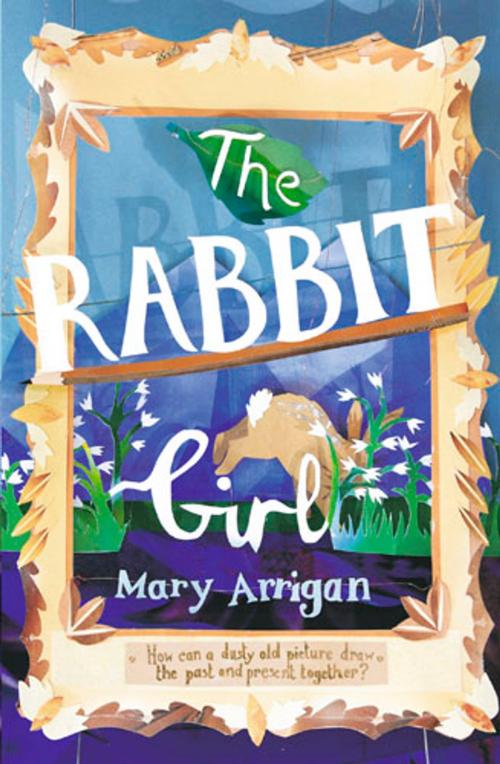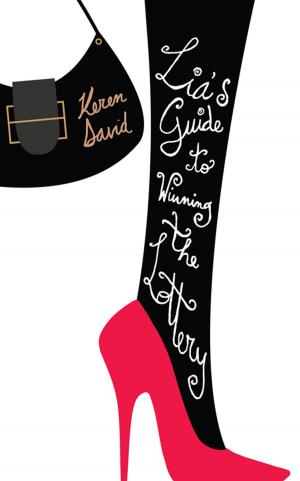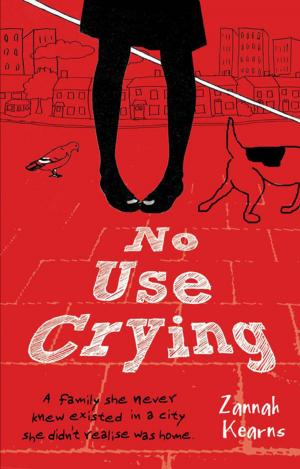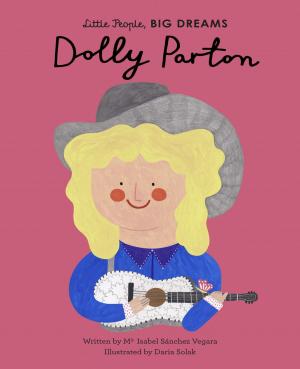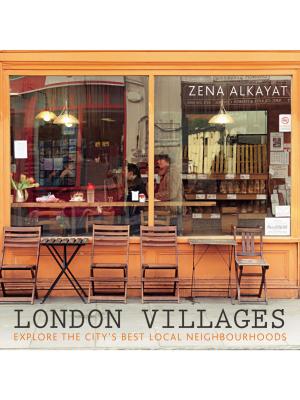| Author: | Mary Arrigan | ISBN: | 9781907666902 |
| Publisher: | Frances Lincoln | Publication: | July 1, 2011 |
| Imprint: | Frances Lincoln Ebooks | Language: | English |
| Author: | Mary Arrigan |
| ISBN: | 9781907666902 |
| Publisher: | Frances Lincoln |
| Publication: | July 1, 2011 |
| Imprint: | Frances Lincoln Ebooks |
| Language: | English |
Note on Beatrix Potter
Beatrix Potter was born in 1866 to well-to-do parents in London. As was the fashion of the time, her mother had little to do with the baby, entrusting her to the care of a strict nurse. For the rest of her life, Mrs Potter was a distant and unaffectionate mother. As a little girl, Beatrix's lonely existence was relieved by reading. She was particularly inspired by Tenniel's illustrations to Alice in Wonderland and throughout her childhood and adolescence she filled dozens of sketchbooks with detailed drawings of animals, flowers, house interiors and landscapes. Rupert Potter, Beatrix's father, a talented amateur photographer, was friendly with the painter John Everett Millais, and often took Beatrix to visit his studio where she learnt to mix colours. Her fondness for rabbits began with Benjamin Bouncer, the first of many pet rabbits that she drew - eventually becoming the Mopsy, Topsy, Cottontail and Peter of her famous illustrated letter to a young, sick friend. This led to her charming series of little books being published by Frederick Warne.
Beatrix's love for the countryside came initially from her visits to her Potter grandparents' rambling house, Camfield, in Hertfordshire, which she described as 'the place I love best in the world'. In the late 1800s, the family began taking their annual summer holidays in the Lake District, and it was here that Beatrix found her cherished niche. In 1905, with the money she earned from her books, she bought Hill Top farm and began breeding her beloved Herdwick sheep. In 1913 she married William Heelis and moved to nearby Castle Cottage. But Beatrix held on to Hill Top and divided her time between both houses.
Although Beatrix liked children, they were rarely allowed into Hill Top. Because of her difficult relationship with her mother, Beatrix would have got quite a kick out of playing jazz on the oh-so-precious gramophone as she does in this story.
Note on Beatrix Potter
Beatrix Potter was born in 1866 to well-to-do parents in London. As was the fashion of the time, her mother had little to do with the baby, entrusting her to the care of a strict nurse. For the rest of her life, Mrs Potter was a distant and unaffectionate mother. As a little girl, Beatrix's lonely existence was relieved by reading. She was particularly inspired by Tenniel's illustrations to Alice in Wonderland and throughout her childhood and adolescence she filled dozens of sketchbooks with detailed drawings of animals, flowers, house interiors and landscapes. Rupert Potter, Beatrix's father, a talented amateur photographer, was friendly with the painter John Everett Millais, and often took Beatrix to visit his studio where she learnt to mix colours. Her fondness for rabbits began with Benjamin Bouncer, the first of many pet rabbits that she drew - eventually becoming the Mopsy, Topsy, Cottontail and Peter of her famous illustrated letter to a young, sick friend. This led to her charming series of little books being published by Frederick Warne.
Beatrix's love for the countryside came initially from her visits to her Potter grandparents' rambling house, Camfield, in Hertfordshire, which she described as 'the place I love best in the world'. In the late 1800s, the family began taking their annual summer holidays in the Lake District, and it was here that Beatrix found her cherished niche. In 1905, with the money she earned from her books, she bought Hill Top farm and began breeding her beloved Herdwick sheep. In 1913 she married William Heelis and moved to nearby Castle Cottage. But Beatrix held on to Hill Top and divided her time between both houses.
Although Beatrix liked children, they were rarely allowed into Hill Top. Because of her difficult relationship with her mother, Beatrix would have got quite a kick out of playing jazz on the oh-so-precious gramophone as she does in this story.
